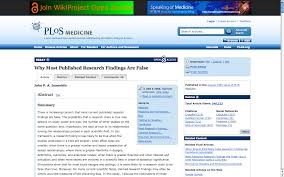
 The internet landscape is constantly changing. What seemed like a given even two years ago is now passe.
The internet landscape is constantly changing. What seemed like a given even two years ago is now passe.
The latest source of angst for marketing professionals is internet advertising. What has happened and is still evolving? People are becoming more savvy and are less interested in clicking on advertisements. In addition, technological upgrades have been developed to help the general public pass by paid advertising.
In the same way that television advertisers panicked with the arrival of the DVD and then the DVR (people could fast forward through ads) and now streaming content, the advertising and marketing world is having paroxysms over these developments:
Google Adwords: The traditional Google Adword campaign allowed a small business to choose which words to run a campaign with (like “Southfield” and “lawyer” or “real estate” and “Huntington Woods”). Google would charge the purchaser of the ad each time a web surfer clicked on that link (pay per click or PPC) which could be as much as $50/click. At its onset, Google Adwords really brought people to your site. When they searched, your site came up in the first three searches and looked ultra-legitimate. But times have changed. Experienced web surfers know that the top results on Google searches are paid positions and they are less and less likely to click on those, hunting for the top searches that come up unpaid or what we call organically. As a result, the Google Adwords have begun to skew demographically older, less technologically savvy and some wood argue, poorer.
Banner ads: You know those sponsorships at the top of webpages? The advertisers pay a lot for that position, but guess what they don’t get? Not much “click-through”. In fact, less than .1% of web surfers actually click on a banner ad…intentionally.
Facebook advertising: Facebook advertising is much more affordable than other ads and still seems to be working. Facebook users are somewhat skeptical of clicking on ads but still can’t resist reading the rest of the post. But this scheme too is skewing older as younger consumers prefer Snapchat and Instagram to Facebook.
Ad Blockers by various internet search engines. Apple’s IOS9 is offering a suite of Adblockers on its products. Opera, a newer web surfing product, is also touting its ad-blocking software. The result will be a dearth of pop-up ads or banner ads, except….those that have paid money to Apple or Opera for the purpose of breaking through. So, ads purchased on websites will have far less reach, depending on the number of users of these ad blockers. And we expect that Opera and Apple will extract a pretty penny for their ads.
So, what’s the answer? The answer is to stay educated, keep doing what works, move away from what doesn’t work. In addition, culling data about every new patient, client or customer and how they found you is the best offense. They will tell you whether they found you through Yelp, through the Blue Cross physician list, through your Facebook page, your website, a Google search or your enticing storefront. Keeping track of their responses will guide you in future marketing decisions, including internet advertising.